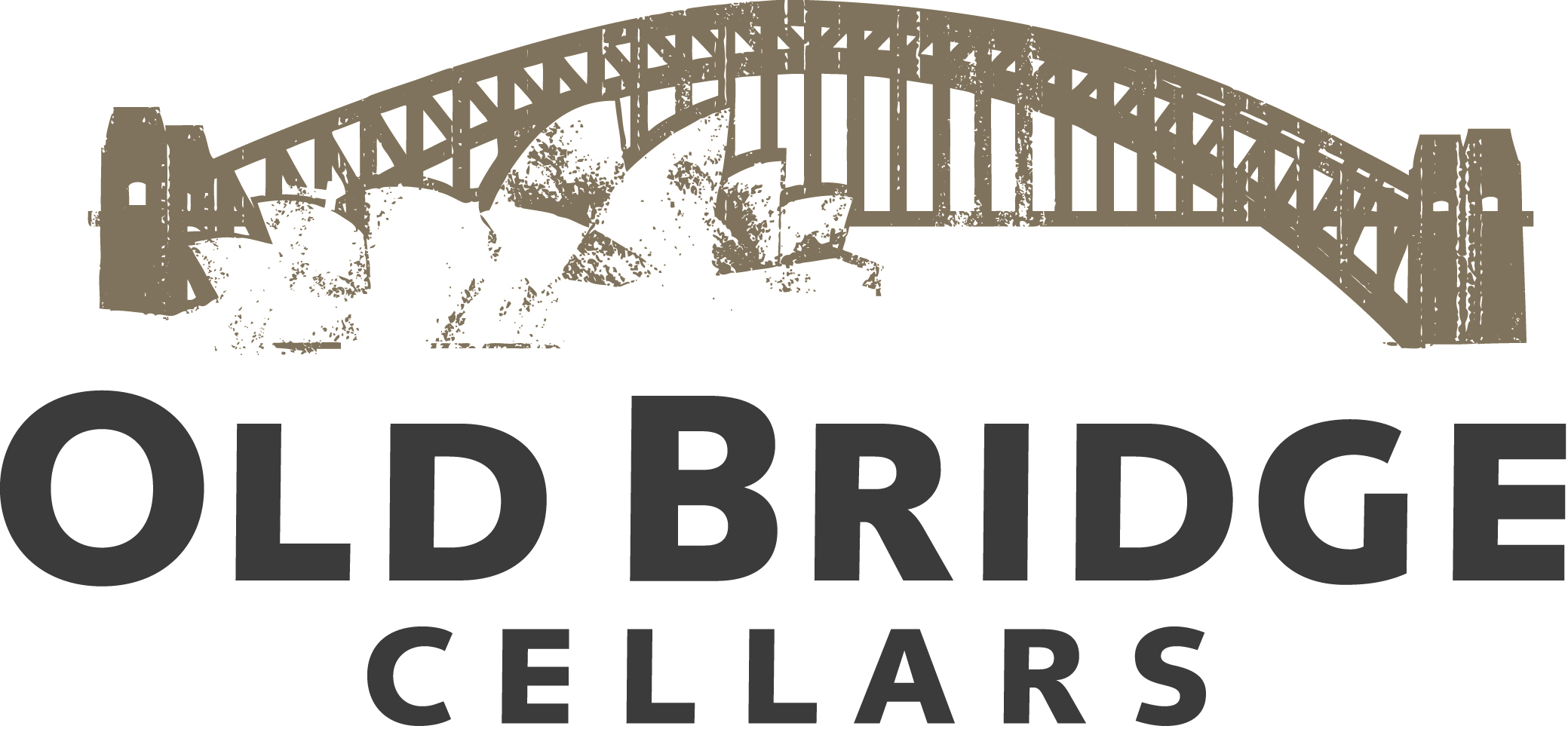Tuscany Part 1: Chianti, Vino Nobile and Supertuscans
Stephen Tanzer’s International Wine Cellar
September/October 2014
by Ian D’Agata
For all intents and purposes, when it comes to wine, Tuscany is a country all on its own, with myriad different microclimates, terroirs and grape varieties to sift through. Thus it makes very little sense to speak of Tuscany as a whole; for example, wines made from cabernet sauvignon and merlot on the Tuscan coast, those made from sangiovese in cooler-climate Chianti Classico, and those made from syrah in Cortona couldn’t be any more different. Add to that further permutations such as the sangiovese wines of still cooler climates such as Chianti Rufina, or the much warmer microclimate and iron-rich soils of the Chianti Colli Senesi and Montalcino, and you begin to understand why speaking generally of “Tuscan wine” is next to meaningless.
And altitudes, exposures, sunlight hours and precipitation totals do play huge roles: just think that the sangiovese harvest in Chianti Classico takes place about two weeks later in Gaiole and Radda than it does in San Casciano, only a 15-minute drive away. All that, and we haven’t even begun to consider areas like Montepulciano and Carmignano, where international grape varieties (such as cabernet sauvignon, cabernet franc, merlot and petit verdot ) have historically enjoyed primacy along with Tuscany’s more common sangiovese.
Clearly, if there is one unifying feature in the Tuscan wine scene it would have to be sangiovese, one of the world’s ten most planted grape varieties (and number one in Italy by a wide margin). It basically grows everywhere in the region and only in parts of the northern Tuscan coast does it seem less at home. Sangiovese is at the core of some of Italy’s (and the world’s) greatest wines, although truly outstanding wines aren’t always easy to come by given the pinot noir-like degree of difficulty the variety poses to vine growers and winemakers everywhere.
The good news is that, generally speaking, Chianti Classico wines have never been this good. That said, there have been many other Tuscan wine success stories in the last 30 years. In fact, there have been fewer bigger successes in Italian wine than the explosion of wines made with cabernet franc and merlot from Bolgheri and other parts of Tuscany’s coastline or the excitement generated by the up-and-coming area of Cortona and its syrah wines. Even Tuscany’s white wines are on a roll nowadays: Vernaccia di San Gimignano is better than ever,
and a host of delicious, unique vermentino and ansonica wines are now made along the coast and on Tuscany’s islands (such as Elba, Capraia, Giglio and Gorgona). Last but not least, Tuscany offers some of Italy’s greatest sweet wines, ranging from the deliciously thick and sweet Vin Santo to the aromatic red aleatico, which is not unlike a black muscat wine.
Please note that due to the region’s incredibly rich biodiversity, as well as to the huge number of quality estates and wines, Tuscany’s wines will be presented in two articles in the International Wine Cellar. Part 2, to be published later, will largely be devoted to the Tuscan coast, but as usual will also feature some late arrivals from Chianti and Central Tuscany that I was not able to taste in time to include in the current issue.
91 pts Poggiotondo Vigna delle Conchiglie Chianti Riserva 2009
Good full red. Red fruits and underbrush on the deep nose. Rich, dense red fruit flavors show an impressively chewy, tactile texture and lovely purity. Plenty of fruit here but not overly sweet. Really echoes on the juicy, fruity back end, which features building, polished tannins. This ought to prove especially ageworthy.
88 pts Poggiotondo Vermentino Toscana 2013
Pale straw-green. Perfumed aromas of lemon and flowers. Bright and juicy, with saline chamomile, anise and grapefruit flavors that persist nicely on the clean, savory finish. Not the last word in complexity but juicy and mouthfilling. “Aromatically, vermentino is a timid wine, so we believe we need to leave the grapes hanging a bit,” said consulting winemaker Valentino Ciarla, who works with Alberto Antonini and Attilio Pagli at the Matura group of winemakers, “even though there are some newer clones that are much more aromatic. However, I think that some vermentino wines I taste from time to time resemble muscat more than they do vermentino.”
88 pts Poggiotondo Chianti Superiore 2012
Pale yellow-green. Complex nose offers scents of pineapple, citrus peel, spices and white pepper. Sweet, rich and intense, with enticing, ripe, dusty flavors of pineapple and grapefruit. A seamless, beautifully balanced fruit bomb with real palate presence and little in the way of greenness. Really expands in the mouth.
